Pirelli Cinturato M Tires: Checkpoint – by Guitar Ted
The weather has straightened out here (finally!) and the Cinturato M tires have been put through some paces now enough that I have gotten a good feel for what they are. In case you missed it, we have the 40mm and the 45m tires on test, which I introduced in an earlier article here.
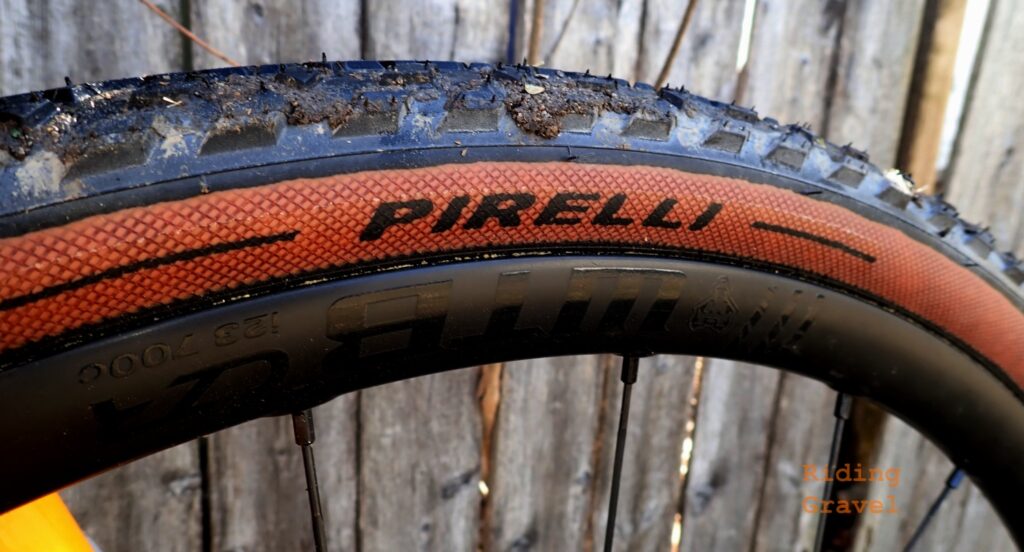
Ride Impressions: The Cinturato M’s in both sizes are going to be a bit bigger than advertised with the 45’s coming in at 46+mm and the 40mm tires have come up to about 42mm. So, they look beefy on my wheels and with that aggressive looking tread pattern, you could be forgiven if you thought these were skinny MTB tires. The volume of the tires also is impressive which bodes well for ride quality and bump absorption. But in my opinion, there is something special going on here which is not as easily seen.
The Cinturato M’s have what Pirelli claims is a “gravel specific” compound for the rubber. Whatever “SpeedGrip” is, it works. I can feel it when I try to push my finger into the casing and you can definitely feel it when you ride. This tire has an uncanny ability to absorb crushed rocks up to walnut sized gravel with a stability and a damped feel that most tires cannot match.
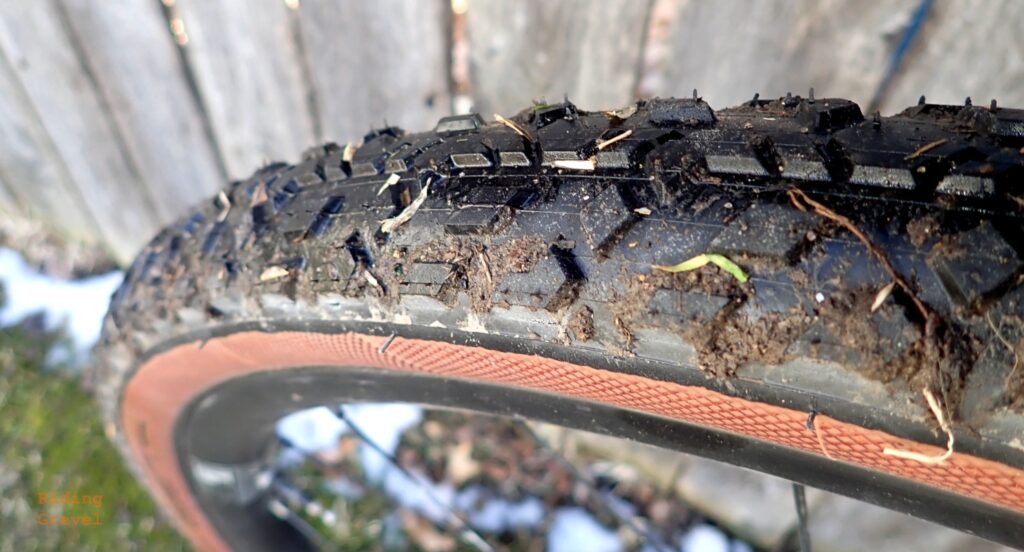
But what about that tread? Doesn’t that slow this tire down on harder surfaces and pavement? Well, yes it does, but it isn’t unacceptable, in my opinion. In my roll-down tests it performed near the bottom of my “acceptable range” in pavement rolling resistance and it was dead center average on the gravel portion of the test. So, the Cinturato M is not a very free-rolling tire, and yes- there are better tires for that. But if you ride anything rough, off-road, or in deeper crushed rock for roads, this tire is awesome.
The reason is that the Cinturato M tires have this amazing casing which rides very nicely and a rubber compound that grips when you need it to. I was riding a very rutted out dirt road, as an example, where many tires would lose grip in transitioning in and out of ruts. But not the Cinturato M, which gripped the dirt well and yet did not show any signs of self-steering, which can happen when a tire does grab a rut.
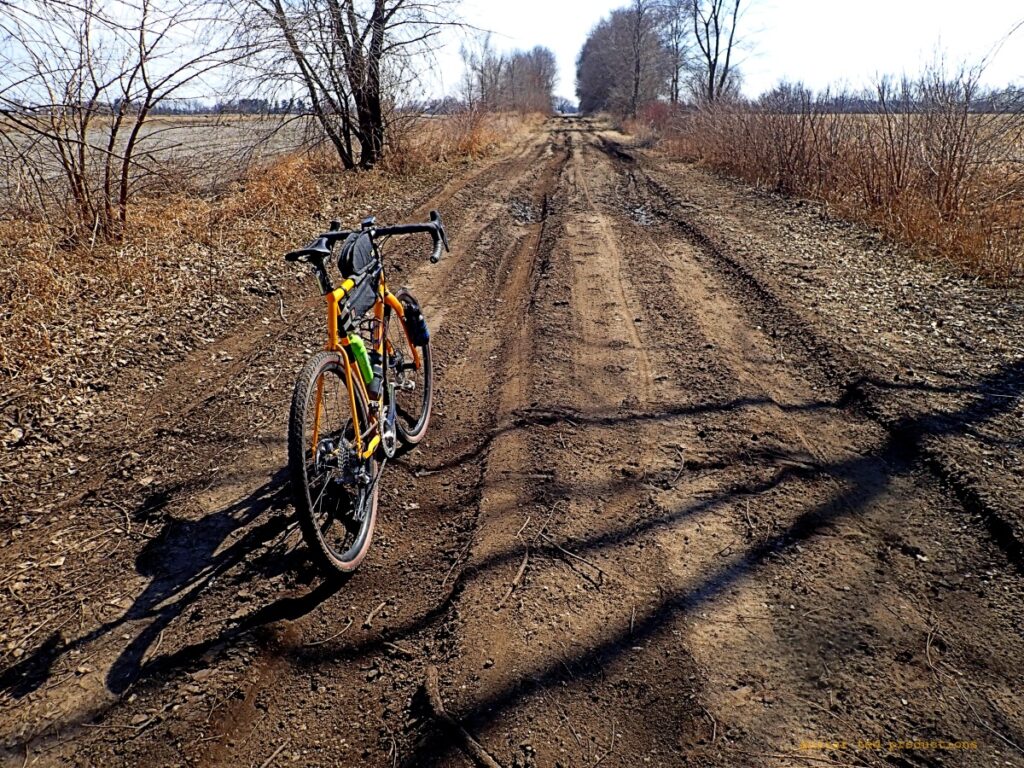
On our typical crushed rock roads the Cinturato M made the ride so calm and stable that I was not at all concerned about having to herd the front end of the bike through deeper gravel or dust. Many tires hunt for a path of least resistance in such cases which manifests itself as a darting on the front wheel to the left or the right. Not so with the Cinturato M. It rode right where I pointed the front tire with no tugging at the bars at all.
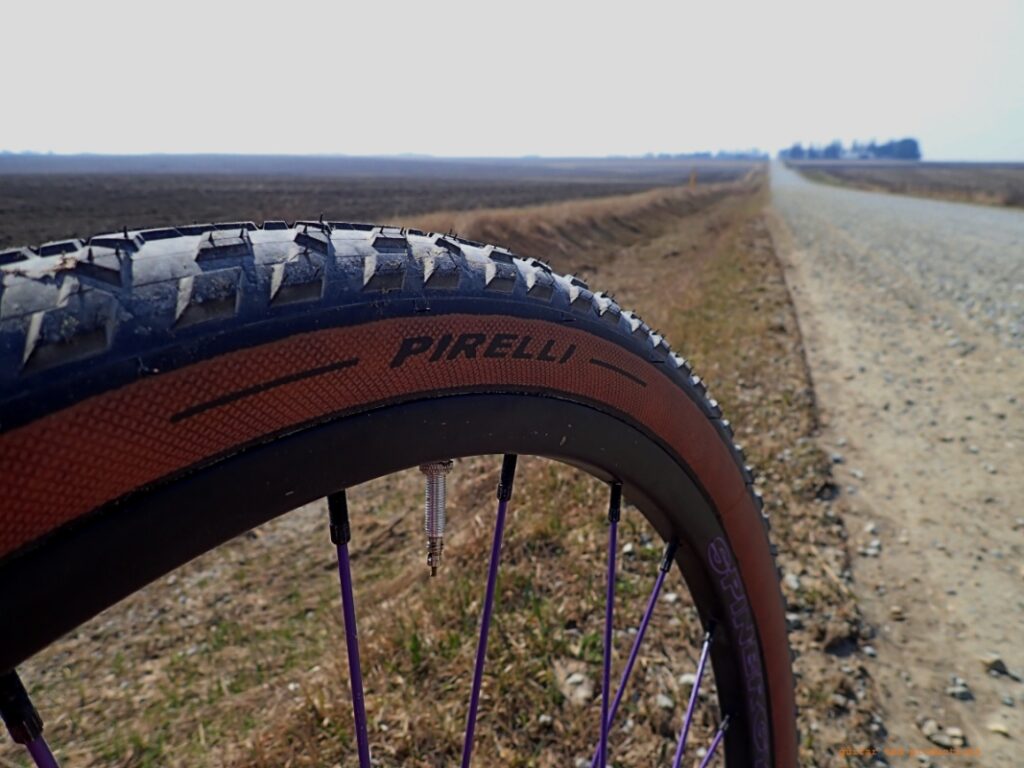
So Far… As you might be guessing by now, I like the Cinturato M tires very much. They have risen to become one of my all-time favorite- if not my number one favorite, tire for gravel. The free-rolling speed on pavement and very hard surface gravel roads is only a tic off, and just enough that I may still put the WTB Resolute up ahead of this tire, but in every other way it is a superior gravel tire to my way of thinking. Over-all performance is exceptional, and not many tires are out there that can do what the Cinturato M can do. Sure, there are specialist tires that handle certain conditions in a better way, but they typically lack in one area or many areas of performance. The Cinturato M is great at almost everything.
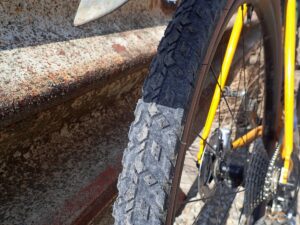
I’m not saying this tire is great at all aspects of the gravel riding experience. As stated, the out-and-out speed of the tire is not top-notch. The Cinturato M is also not well suited to our mud here either, which is sticky and honestly, not many tires are good at shedding it. So, maybe you would find that to be true where you live, but again- mud tires are usually a very specific thing, and they typically are not good outside of that specialty. So, the Cinturato M can be forgiven here.
However; this tire is easy to live with, holding air pressures well over an extended period of time. The puncture protection belt has been keeping the copious amounts of urban glass at bay so far, and I see no issues with that aspect of the Cinturato M. Both widths are really good here, but if I had to choose one, I’d hit up that 40mm tire, as it is going to end up being a 42mm tire on most rims anyway. That’s a great place to be width-wise in my opinion overall.
Stay tuned for a final verdict in about a month.
Note: Riding Gravel was sent these Pirelli Cinturato Gravel M tires for test and review. We are not being paid, nor bribed for this review and we always strive to give our honest thoughts and opinions throughout.


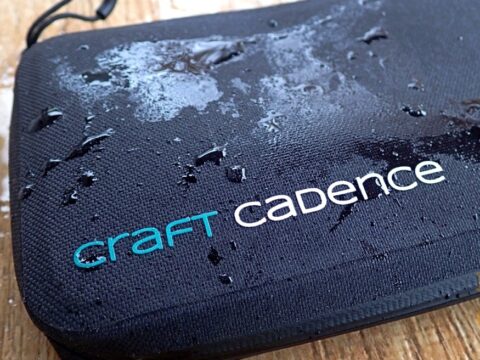
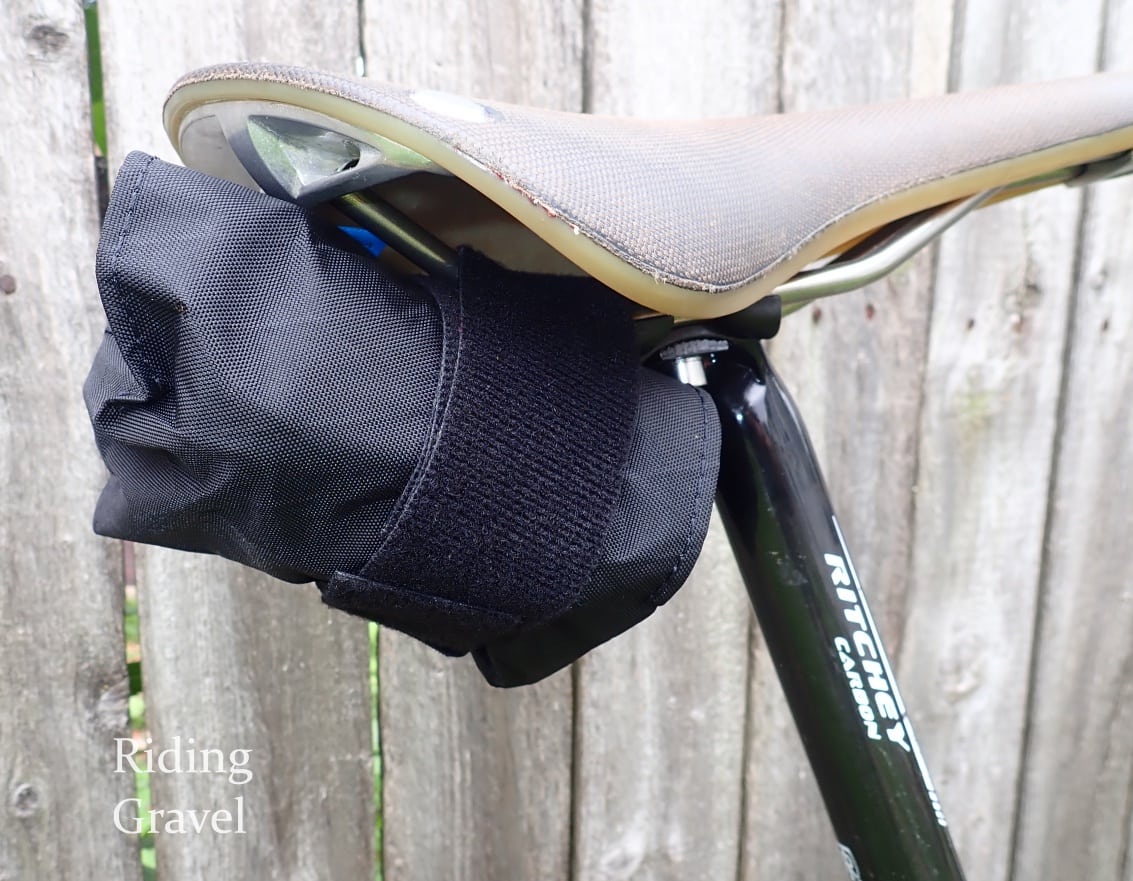
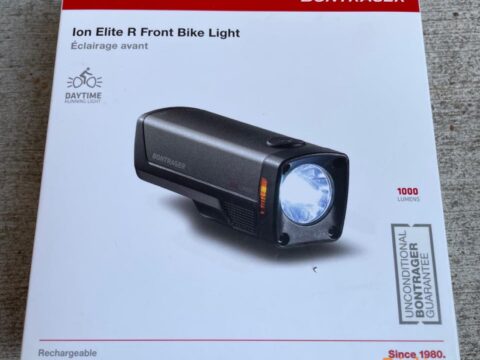
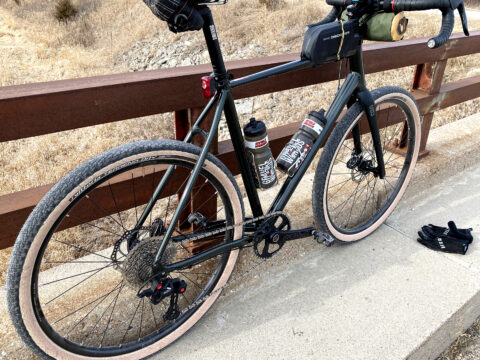
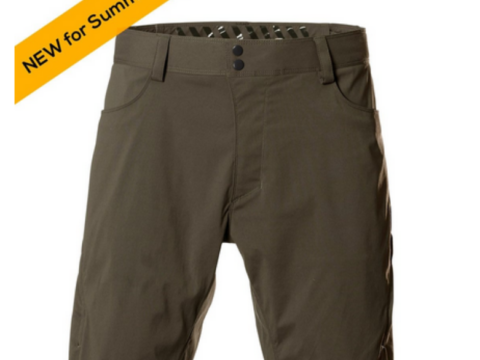
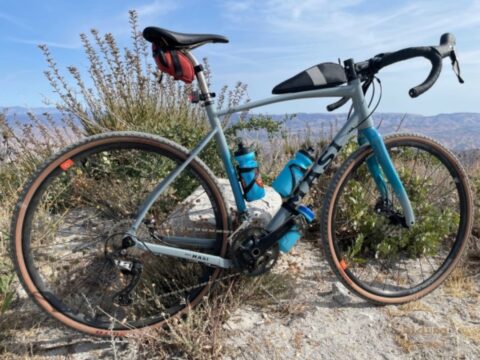
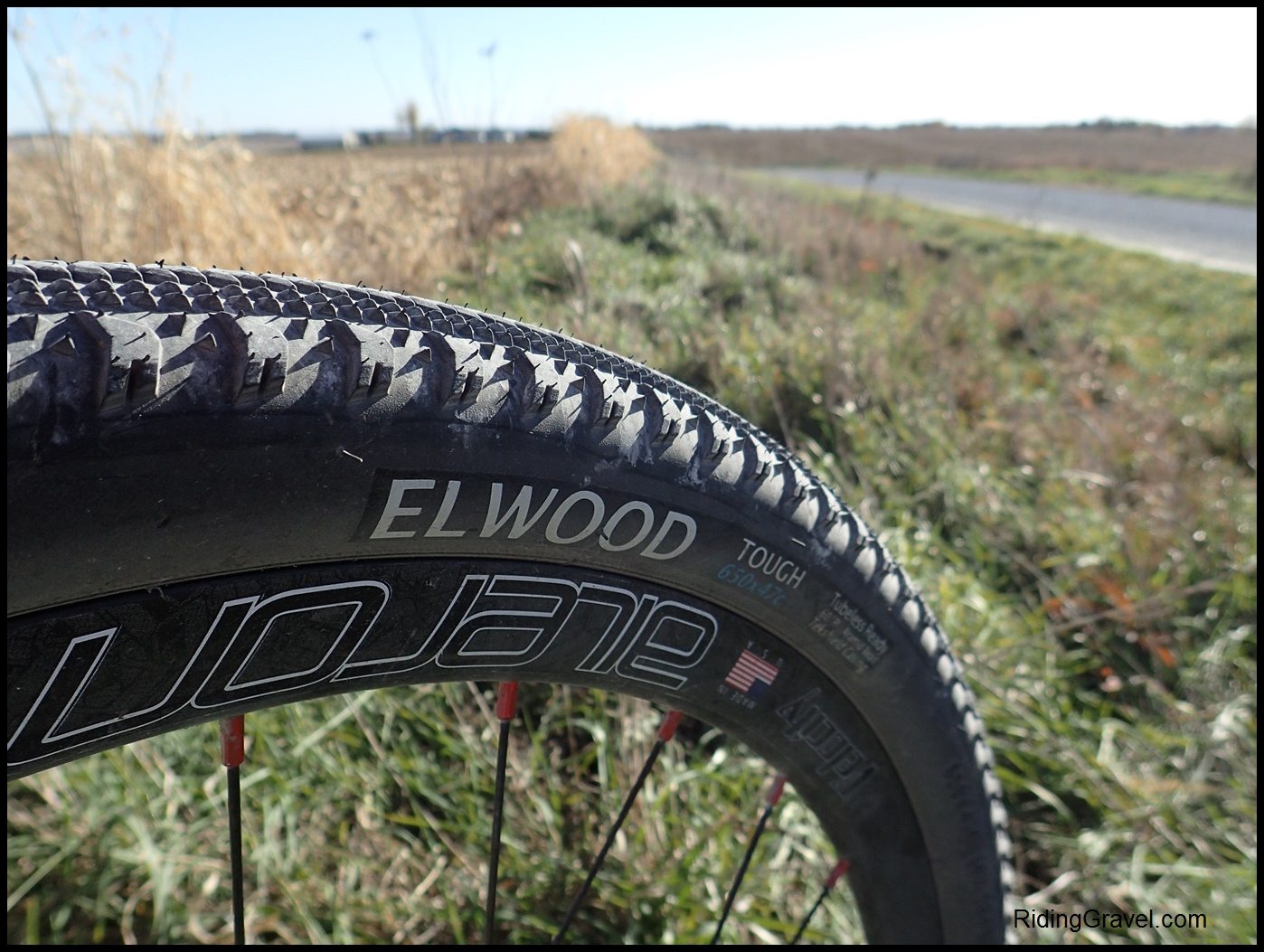
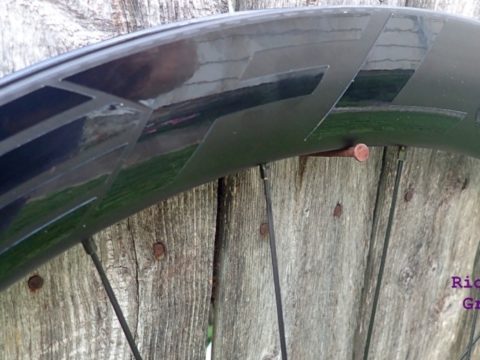

Do you think M in front and H in back would be worthwhile compromise for riding mostly in hard pack and occasionally in the rough? Or are the tires and their rolling resistances so different that it would highlight more just the negatives (H losing traction and M being slow)? Thanks.
@Thomas – I have had conversations with riders doing exactly what you suggest here – Front Cinturato M, rear Cinturato H. They had nothing but praise for the mixed set up.
We used to do stuff like this all the time back in the 1990’s with our 26″ MTB tires. Smoother tread out back, more aggressive tread up front. The idea was that an aggressively treaded front tire had better braking into corners and better cornering abilities while the rear tire was easier to spin up with not a lot of loss in traction due to the more rearward weight bias on the old 26″ers.
But that doesn’t make it “right”, and just because new riders are doing exactly what you are thinking does not make doing a font M and a rear H right for you. If it makes sense to you, try it. But don’t over-think this or try to ferret out what is the “right” thing to do. I say, just jump in. What is the worst thing that could happen? You’d have one tire you may not like real well.
I can only say that for me, I would not do this as I think the M is an overall lighter tire and that it rides better on loose gravel (which we have here) than the H tire did. But again – that’s what I would do. So, for me its a M front and rear. If I were riding a LOT more pavement, then the H makes sense for me.
Think it through and just get some tires (doesn’t have to be these) and ride. These are great tires but there are so many that are really good it is hard to make a mistake.
Thanks for the comment and reading Riding Gravel.